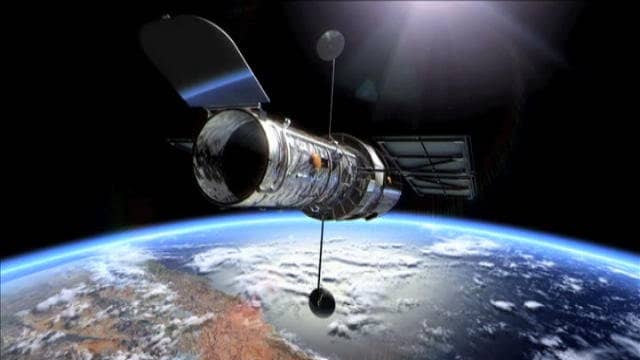According to an update from NASA, one of the two gyroscopes in the Hubble Space Telescopes have failed. Until the problem is fixed, the telescope has been put to ‘safe mode,’ and all its scientific experiments are suspended. It is still not clear how NASA is going to move forward, but this perhaps means that the telescope is not going to last for a long time. The Hubble Telescope has surveyed the cosmos for nearly 30 years, and this should not come as a surprise that some of its parts are getting old. Telescope’s gyros often fail and having Hubble with one failed gyroscope is not unexpected.

Rachel Osten, Hubble deputy mission head, said in a tweet, “The gyro lasted about six months longer than we thought it would. [We] almost pulled the plug on it back in the spring.” The gyroscopes on the Hubble are small spinning wheels which rotate the spacecraft and keep it stabilized. Since in space, there is no friction, so Newton’s third law of motion works in full force. When the gyroscope wheels rotate one way, the rest of the spacecraft rotates in the opposite direction. Like some of the few moving parts on Hubble, these gyroscopes also have a much shorter lifespan. Hubble only needs three, but it comes with six as a preventive measure.
The first six gyros installed in the telescope have been entirely replaced during the last service mission in 2009. However, with the recent failure, Hubble is left with only two reliable gyros. There is a third gyro which can work, but the last time it was tested by NASA there were some issues in it. No info has been released about the next steps, however, most likely they will fix the problem with this gyro before considering any other options. If that fails, then there are chances that NASA will run the telescope with a single gyro.

With only one gyro, Hubble will be restricted to cover the whole sky since it can rotate in one direction only. However, it will still be able to do some useful work for science and using one gyro instead of two also increases its lifespan. Osten said, “There isn’t much difference between 2 [gyros] and 1, and it buys lots of extra observing time. The plan has always been to drop to 1-gyro mode when two remain.” It is essential that Hubble keeps working for the next few years since the James Webb Space Telescope has been delayed until 2021. If Hubble breaks down before that, astronomers will be left without a space telescope which can cause severe delays in various science projects.


